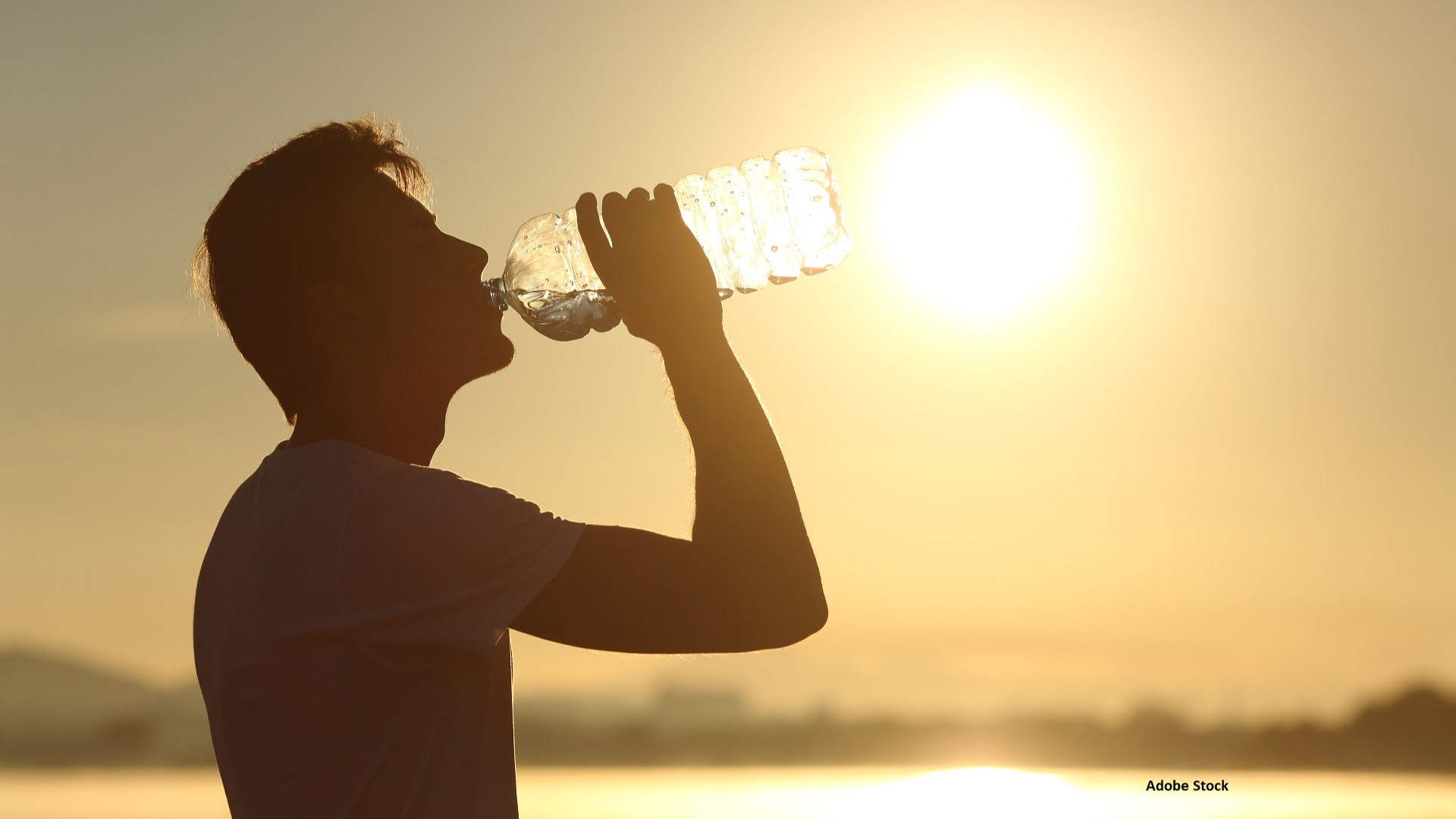YORK COUNTY, Pa. — Hot temperatures aren't going away just yet. The heat index could be as high as 110 degrees today.
With these extreme and uncomfortable levels, it's important to make sure you're protecting yourself and your loved ones from the heat.
Sometimes dangerous conditions can lead to heat stroke or exhaustion, so what's the difference?
Heat exhaustion symptoms include feeling faint, dizzy, excessive sweating, feeling cool, looking pale, clammy skin, nausea, having a weak pulse, and muscle cramps. Exerts say it's more common for those who are overweight, taking certain medicines, have sunburn, or are sick to experience this.
If this happens to you or a family member doctors say to find a cool air-conditioned place, drink water, take a cold shower, or use a cold compress to cool down.
Heat stroke symptoms are a little different; they include: a throbbing headache, no sweating, red and hot dry skin, your body temperature reaching over 103 degrees, a rapid strong pulse, and losing consciousness.
If this happens, medical experts say you should call 911 right away. If you're with someone experiencing a heat stroke, they say to keep them cool until help arrives.
Staying hydrated is important on a daily basis, but it's even more critical during a heat wave.
If you're outside even for an hour, experts suggest drinking one to two bottles of water. If it's any longer than that, they suggest four to eight bottles. Maybe not during a heat wave, but if you're planning to be outdoors all day in the summer you should be drinking eight to sixteen bottles of water.

